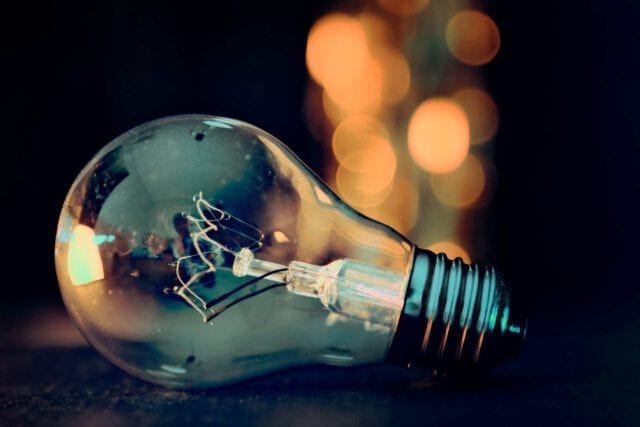Between eight and nine this morning on February 01.02, electricity prices jumped from 50,43 øre to 2,08 kronor, according to the Nord Pool power exchange. For comparison, the price was 2 øre per kWh in Eastern Norway on November 15 last year.
Last year, Norwegians paid very little electricity price. However, in January the weather changed significantly and electricity prices also skyrocketed.
This has to be dealt with in the coming winter months, we have to trust the head of analysis at the analyst Volue Insigt.
Due to paying last year record lows electricity charges of less than øre 10 per kWh. Now, among other things, winter frost caused electricity prices to skyrocket on Monday.
- High electricity prices are mainly due to low temperatures and weak winds, says Analytical Manager Tor Reier Lilleholt at the Volue Insight analytics company
Growing wear
According to the head of the analysis, an increase in energy consumption in Norway has been observed for several years. At the same time, there is constant digitization and an increase in the number of electric cars.
He says the combination of increasing Norwegian consumption and limited wind power is the reason why electricity prices are changing so rapidly.
But the fact that prices make such a big jump in the mornings and afternoons depends on other things:
- Right around eight o'clock people like to get up and have breakfast, and in the afternoon around five they start making dinner. And as it gets darker, they turn on all the lights, says Lilleholt.
. The cheapest energy is in Kristiansand
In most parts of the country, prices will peak today at around NOK 2,08. But in Kristiansand, the price is much lower and can peak at around 60 øre.
According to Lilleholt, the reason the electricity price is so much lower in Sørlandet is both the slightly warmer temperature and the electricity imports from Germany, where electricity prices are lower.
As cold weather is predicted a month and a half ahead, you will not feel better electricity prices until spring.
In addition to electricity of its own production, the rest of the country receives aid from Sweden, Finland and the Baltic States. Hence the higher prices.
- When it gets very cold, we are dependent on the power reserve. This means that a system being built in the future should be something that can get up and running very quickly. For example, using gas turbines, says Lilleholt.
Cheapest electricity at night
If you want the cheapest electricity, you can use it at night, as it is about a fifth of the price, according to the head of analysis.
- Is the big jump in prices something you want to see in the future?
- Yes, as long as the temperatures are as low as stated - and there is also limited wind, he says and continues:
- But there are many combinations that have to hit. When there is no wind, we need a lot of water. Although we have a lot of water in the tanks, we see shortages in production. That is why we now import a lot of energy from other countries and we are more dependent on them.
He adds that the average price is currently high, but more extreme prices are tied to certain times of the day when consumption is abnormally high.
– From nuclear to wind energy
According to Lilleholt, the production shortage has to do with green change. Due to the fact that the use of nuclear energy is being moved to wind energy, then flexibility is needed.
While the price movement can be viewed as large, the analyst's manager says it is far from what was observed eleven years ago in 2010.




